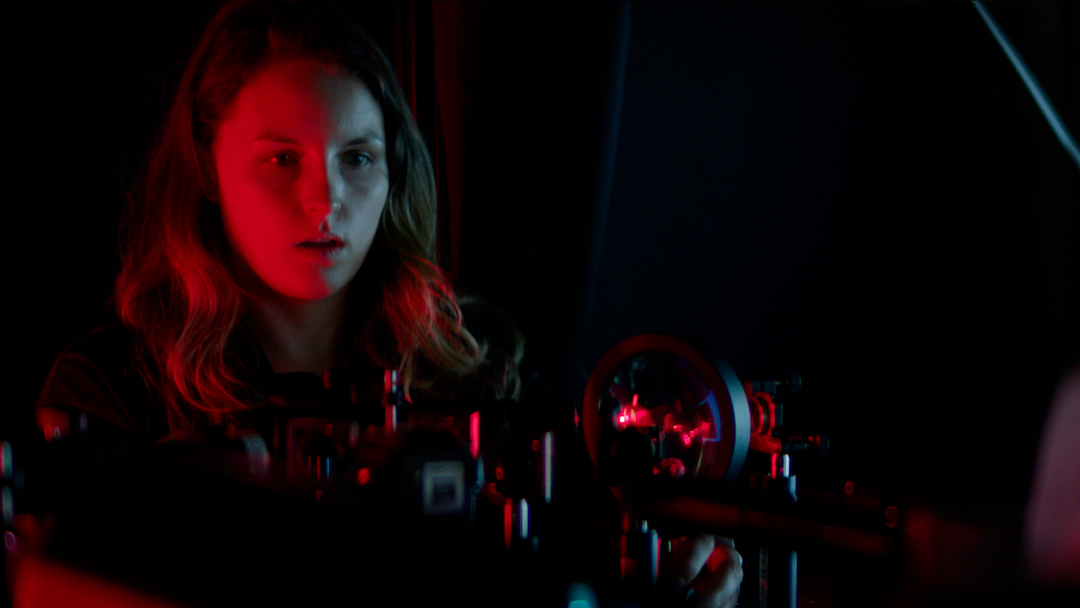Latest News

Amazon tested the Project Kuiper optical inter-satellite links in a lab before they launched on the first prototype satellites. Photo: Amazon
Amazon’s prototype Kuiper satellites are equipped with optical inter-satellite links, Amazon revealed Dec. 14, along with the news the links have been successfully tested in space.
Amazon shared that its prototype satellites launched in October include advanced optical communications payloads which completed multiple successful demonstrations. In the tests in early November, the payloads maintained 100 Gbps links over a distance of nearly 1,000 kilometers over an hour. Amazon had kept the existence of these optical terminals confidential before Thursday, but is planning to include multiple optical terminals on every Kuiper satellite.
Optical inter-satellite links use lasers to transmit data between satellites in orbit. Amazon said they will allow its satellites to form a mesh network and can move data approximately 30% faster than if it traveled via terrestrial fiber optic cables.
“Amazon’s optical mesh network will provide multiple paths to route data through space, creating resiliency and redundancy for customers who need to securely transport information around the world,” said Ricky Freeman, vice president of Kuiper Government Solutions. “This is especially important for those looking to avoid communications architectures that can be intercepted or jammed.”
The optical inter-satellite program is designed in-house and vertically integrated, an Amazon spokesperson confirmed to Via Satellite.
The Project Kuiper team also designed an optics and control system to address the challenges of maintaining a strong signal and maintaining the connection between spacecraft while they are moving at speeds of up to 25,000 km per hour, while compensating for satellite and flight dynamics.
“This system is designed fully in-house to optimize for speed, cost, and reliability, and the entire architecture has worked flawlessly from the very start,” commented Rajeev Badyal, Project Kuiper’s vice president of technology. “These immediate results are only possible because we approached our OISL architecture as one part of a fully integrated system design.”
This update comes after Amazon recently announced the prototype satellites validated all systems and subsystems on board and demonstrated the first two-way video call. Amazon is preparing for full-scale deployment in the first half of 2024, and to have enough satellites in orbit to begin early customer pilots in the second half of 2024.
Get the latest Via Satellite news!
Subscribe Now